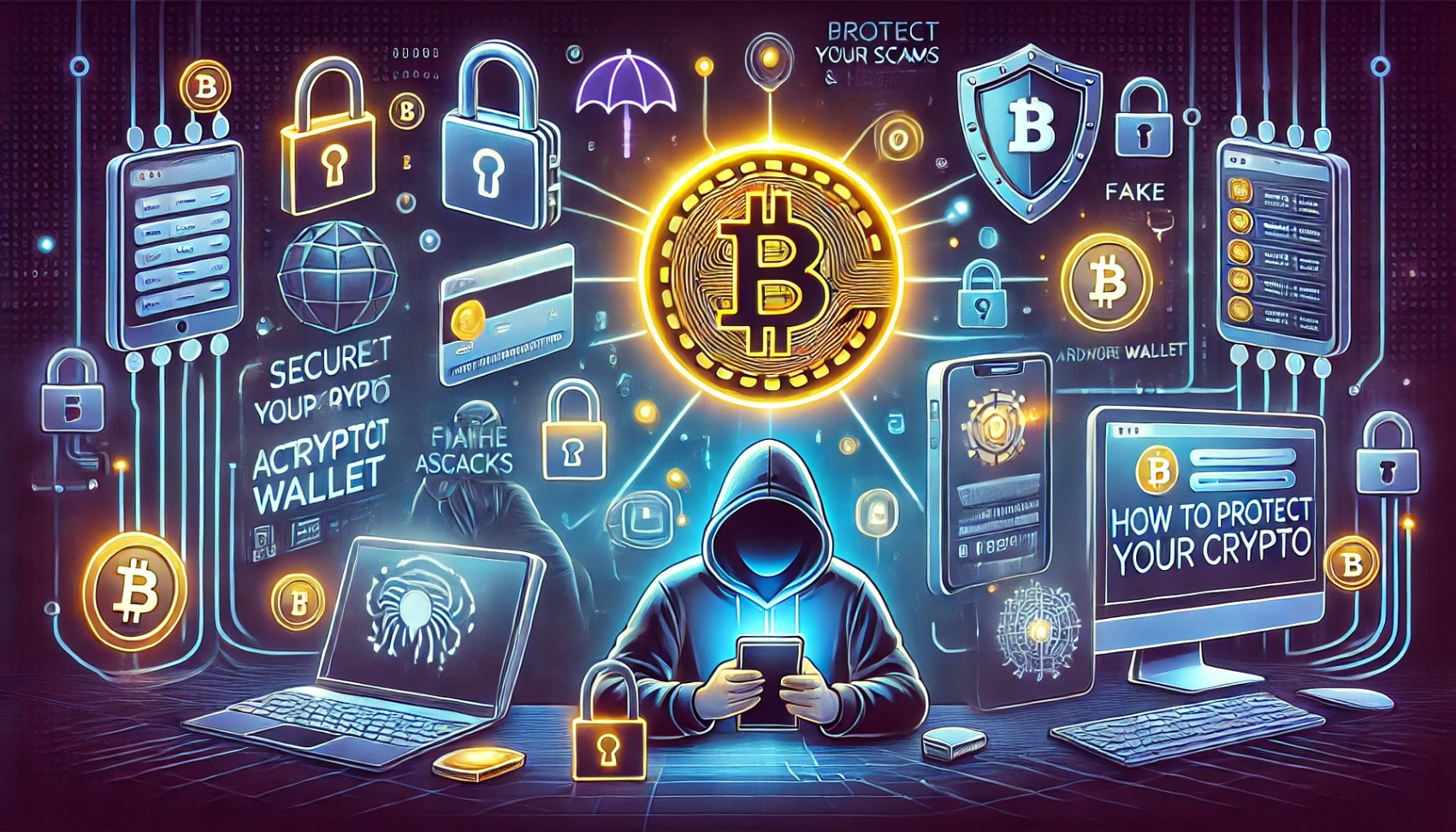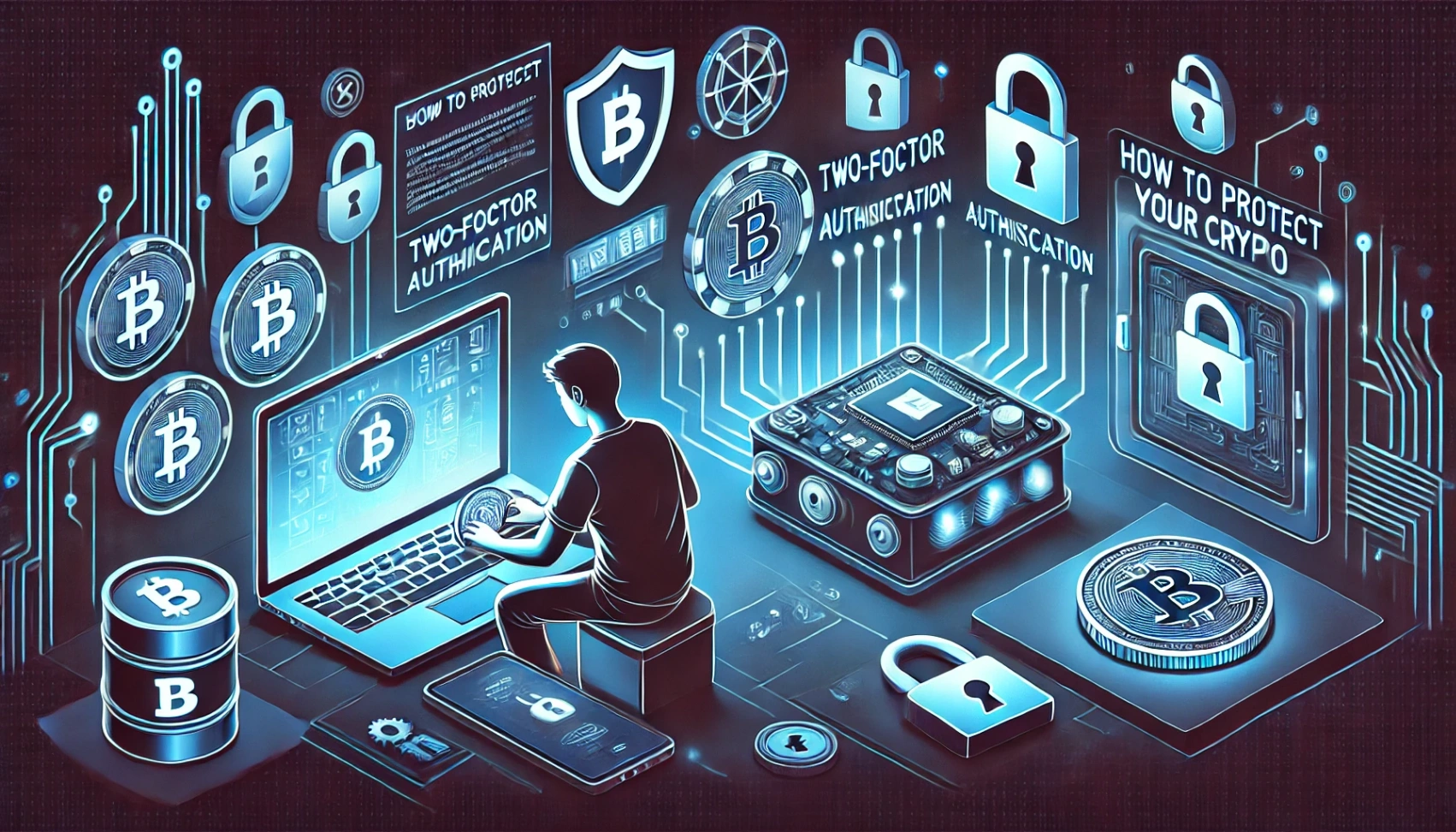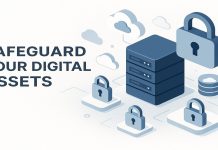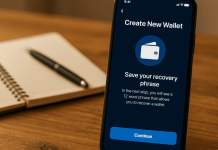Cryptocurrency is changing how people manage money. It gives you freedom and control, but also more responsibility.
Cyberattacks in the crypto world are increasing. In 2022 alone, hackers stole over $3.8 billion in crypto, according to Chainalysis.
While the industry improves security, users remain the most common point of failure. Knowing how to protect your crypto is the first step toward safer investing.
Common Threats You Need to Know
Understanding the tactics criminals use is essential. Here are some of the most common crypto-related threats today:
- Phishing Attacks: You get an email, a message, or a website that looks real, but it’s not. If you enter your private keys or passwords, they’re gone.
- Social Engineering: Someone pretends to be a support agent, developer, or friend. They trick you into giving up access.
- Rug Pulls and Scam Tokens: A project promises high returns, gains followers quickly, and disappears after collecting funds.
- Exchange Breaches: Even well-known platforms have been hacked. Coinbase, for example, had a support breach in 2023, during which user data was stolen (WSJ source).
- Malicious Wallet Apps: Some fake apps mimic genuine wallets and steal your keys when you try to use them.
These threats aren’t always obvious, so education is critical.
Secure Your Wallets the Right Way
Your wallet is your crypto gateway. There are two types:
- Hot Wallets (online): Easy to use, but connected to the internet and vulnerable.
- Cold Wallets (offline): Not connected to the internet. Much safer for long-term storage.
- Hardware wallets like Ledger or Trezor are the best way to protect your crypto. They store your private keys offline and are immune to most online attacks. Even if your PC gets hacked, your coins remain safe.
If you use hot wallets, make sure you download wallets with open-source code from official websites only.
Avoid storing large amounts on them. One tool you might explore is Wallet Guard, a browser extension that protects against phishing, scam pop-ups, and fake dApps.
It’s becoming a trusted tool among Web3 users (walletguard.app).

Always Enable Two-Factor Authentication (2FA)
You should never rely on just a password. Two-factor authentication adds a second step, like a code from an app on your phone.
Avoid SMS-based 2FA, which can be bypassed with SIM-swapping attacks. Instead, use apps like Google Authenticator, Authy, and Microsoft Authenticator.
Set up 2FA on your exchange account (e.g., Coinbase, Binance), email linked to your crypto accounts or any wallet apps that support it.
Does Coinbase protect your crypto? Yes, but only partially. It offers features like 2FA and biometric login, but you’re still responsible for your own security.
Never Use Public Wi-Fi for Crypto
Don’t access your wallet or make crypto transactions if you’re in a coffee shop, airport, or public space.
Public Wi-Fi can be monitored or spoofed. Man-in-the-middle attacks can steal your login data.
Use a VPN when browsing or logging in and avoid logging into exchanges or wallets on shared devices.
Using your mobile network for added security protects your crypto from hackers.
Learn to Recognize Scams
Scams are everywhere in crypto, especially on platforms like Telegram, Twitter, and Discord. Many look professional and credible.
Warning signs of a scam:
- Promises of guaranteed high returns
- “Limited-time” investment offers
- Requests for seed phrases or private keys
- Fake support agents contacting you first
- Impersonations of influencers or CEOs (e.g., fake Elon Musk giveaways)
Always double-check the source. Never click links in DMs. If someone asks for your keys or login, it’s a scam. No legitimate platform will ever ask for them.

Protect Your Private Keys and Recovery Phrases
This is the golden rule: If someone gets your private key or recovery phrase, they get your crypto.
Follow these rules:
- Never store them in cloud storage (Google Drive, iCloud, Dropbox).
- Don’t take screenshots of them.
- Write them down on paper and store them in a secure place.
- Use a metal seed backup for fire or water resistance for extra safety.
- Don’t email them. Don’t save them in Notepad. Don’t share them with anyone. Ever.
Update Your Software and Devices
Hackers often exploit old software. Wallets, phones, and computers must be up to date to avoid known vulnerabilities.
Set auto-updates on, use antivirus software, and restart your devices regularly to clear session data..
Don’t install unknown browser extensions or apps.
Updating your tools is one of the best ways to protect crypto from hackers.
Only Use Reputable Platforms
Don’t trust unknown websites with your assets.
Top platforms like Coinbase, Kraken, and Binance have solid security, but no exchange is 100% safe. That’s why self-custody is recommended for large holdings.
Do you prefer decentralized exchanges (DEXs) like Uniswap? Use them carefully and verify every URL—many fake clones exist.
Most Secure Cryptocurrencies
- Bitcoin (BTC): Most decentralized network, massive hash power, longest track record. Proof-of-Work (PoW) with over a decade of resistance to attack. Phishing and poor personal storage, not the network itself.
- Ethereum (ETH): Second-largest crypto by market cap, wide validator set. Transitioned to Proof-of-Stake (PoS) via Ethereum 2.0. Regularly audited, maintained by the Ethereum Foundation, and has a large developer base.
- Monero (XMR): Emphasizes privacy; uses ring signatures and stealth addresses. PoW with frequent protocol upgrades (hard forks). Its privacy makes it a target for regulation, but it doesn’t weaken network security.
- Litecoin (LTC): Based on Bitcoin’s codebase, secure PoW algorithm (Scrypt). Minimal major breaches or issues.
- Chainlink (LINK): Not a currency, but a critical infrastructure (oracle network). Multiple audits are essential to many DeFi protocols.
Most Insecure Cryptocurrencies
- New/Unknown Meme Coins (e.g., PEPE derivatives, fake DOGE variants): Often have centralized control, unaudited contracts, or are rug pulls. Most are copy-paste creations created to generate hype and dump.
- Tokens Launched Without Audits (common on BNB Smart Chain): Thousands of tokens are launched with smart contract flaws. There is no audit, an anonymous team, and liquidity is controlled by creators.
- Terra (LUNA Classic / USTC): The algorithmic stablecoin (UST) collapsed in May 2022. This was an economic design flaw—not a direct hack but a systemic failure.
- Bitconnect (BCC) – Historic Scam: Ponzi scheme that collapsed in 2018. Projects promising guaranteed returns are almost always scams.
- Any Token With “Admin Keys”: Developers can freeze or alter token balances. Centralized control = security risk.
Summary: Best Ways to Protect Your Crypto
Here’s a quick recap of the best ways to protect your crypto:
- Use hardware wallets for storage.
- Turn on 2FA for all crypto-related accounts.
- Avoid public Wi-Fi and unsecured devices.
- Learn how scams work—and don’t fall for them.
- Never share your recovery phrase or private key.
- Keep all your software and firmware updated.
- Stick to platforms with strong reputations.
Conclusion
Your crypto is only as safe as your steps to protect it. There’s no bank to call, no password reset, and no way to reverse a transaction once it’s gone.
So learn the risks, use tools like Wallet Guard, stick with trusted wallets and platforms, and always, always be cautious with your information.
When you ask yourself, “How do you protect your crypto?” — the answer should be: with knowledge, tools, and constant vigilance.










